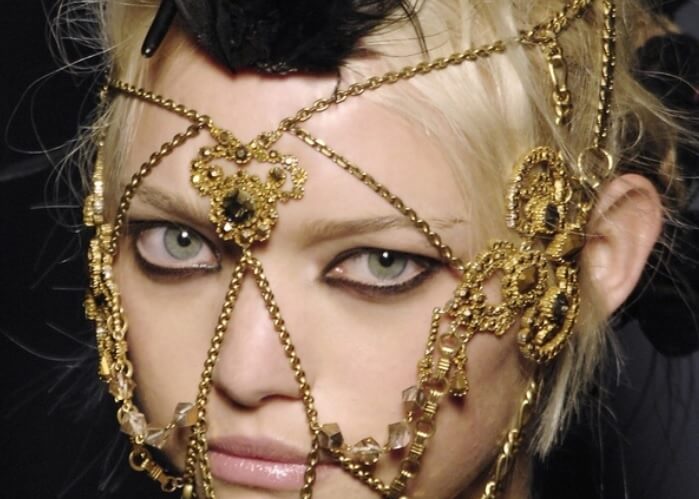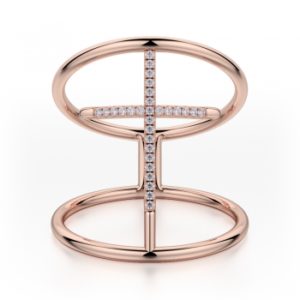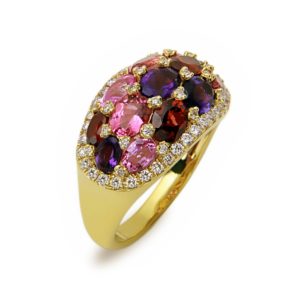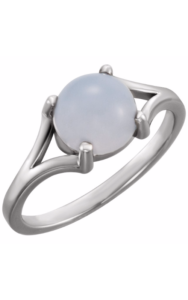Humans have been wearing jewelry as fashion since the first time ochre was painted on a person’s skin and shells were woven into their hair. While jewelry has, in the millennia since its introduction, been used to signify political status (military badges, for example), religious affiliation (crosses and Stars of David), and cultural affiliation (mangalasutra), the original nature of jewelry as “self-beautification” has continued into the modern era. Jewelry for the sake of fashion — “fashion jewelry”, appropriately — comes in a wide variety of styles, but more often than not, contemporary fashion jewelry comes in the form of rings. But what is it about fashion jewelry that motivates people beyond sociopolitical reasons?
1. Personal Style
Simply walking down the street of any major city reveals that almost every person has their own personal style: hair, clothes, body art, makeup, and so on. Jewelry isn’t any exception to that rule. Jewelry is created in every kind of metal, and with every kind of stone (as well as some non-jewel materials) in order to appeal to diverse tastes. In an era of CAD design and niche marketing, mutating the basic framework of jewelry to meet any personal style is as easy as listing a ring on a website.
(Ring shown: Michael M Fashion Ring F284-6.5, 14k rose gold)
2. Self-Beautification
Jewelry, like makeup, can accentuate positive traits about the person who wears it. For example, a jewel’s hue can contrast or match with the clothing of the wearer, accentuating the color of both. Fashion necklaces have long been worn to bring out the color in a person’s eyes and in their hair. It’s not a strange thing for celebrities and fashionistas to work with jewelers to create the kind of jewelry that brings out their personal qualities (like the bespoke pearl ring made for Katy Perry to wear at the 2011 Grammy Awards).
(Ring shown: Charles Krypell “Precious Pastel” ring, 3-7208-YMULTI; listed on Trice Jewelers website)
3. Love of the Avant-Garde
“Avant-Garde” literally means “[against/before] the guard” in French. In the original language, the term refers to a military vanguard; but in English, it refers to a figurative vanguard against certain styles. When style ossifies into a kind of laziness of intellect and taste, people often choose to inject a little personal drama into the boring scene that surrounds them. In terms of jewelry, this can mean choosing materials and designs that don’t fit in the “Academic” tastes of the period — such as chalcedony and palladium.
(Ring shown: Stuller 14K White 8mm Round Blue Chalcedony Cabochon Ring 71685; listed on Lewis Jewelers website)
4. Experimental Fashion
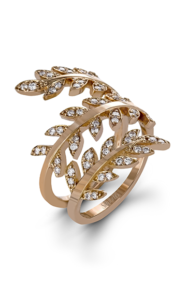 Related to an appeal to the avant-garde is the desire for personal experimentation. Rather than alter the outer world, people occasionally attempt to change their inner world. With the Greek motto of “Know Thyself” at the forefront of their mind, an experimenter can choose to wear pieces that externally express the shifting thoughts and moods inside of them. Queen Victoria, for example, expressed her grief after the death of her husband by radically altering the style of British jewelry at the time, choosing jet and onyx over diamond and spinel because their blackness reflected the mood she felt.
Related to an appeal to the avant-garde is the desire for personal experimentation. Rather than alter the outer world, people occasionally attempt to change their inner world. With the Greek motto of “Know Thyself” at the forefront of their mind, an experimenter can choose to wear pieces that externally express the shifting thoughts and moods inside of them. Queen Victoria, for example, expressed her grief after the death of her husband by radically altering the style of British jewelry at the time, choosing jet and onyx over diamond and spinel because their blackness reflected the mood she felt.
(Ring shown: Simon G. “Garden Collection” ring, LP2309; listed on Trice Jewelers website)
